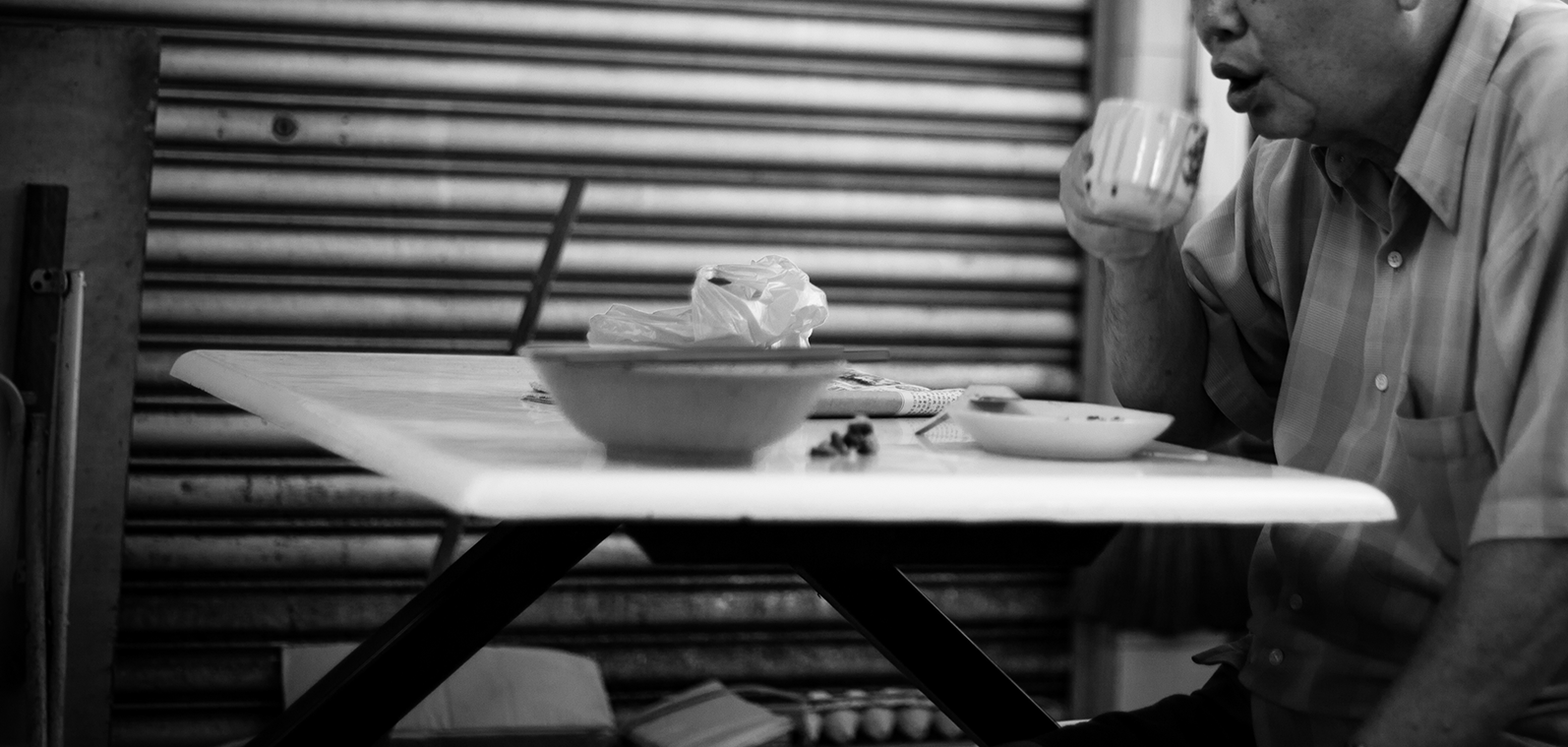There are few things in the world I love better than Singapore’s hawker food. But I would think twice, long and hard, before taking any of my foreign friends to a hawker centre here.
As keen as they may be for a taste of chicken rice, and as eager as I am to take them through the finer points of why black carrot cake will forever be the superior carrot cake, I may worry.
I would worry that a trip to the hawker centre could be all it takes to tarnish the image they have come to know of Singapore as a friendly, modern, first-world city, and Singaporeans as intelligent, cultured people.
It would be hard not to, if this is the sight to greet them at lunchtime: Half-eaten food, used cutlery and stained trays aplenty. Soup spilt all over, a sprinkling of regurgitated bones and a scattering of soiled tissue paper on the tables.
Other stories you might like

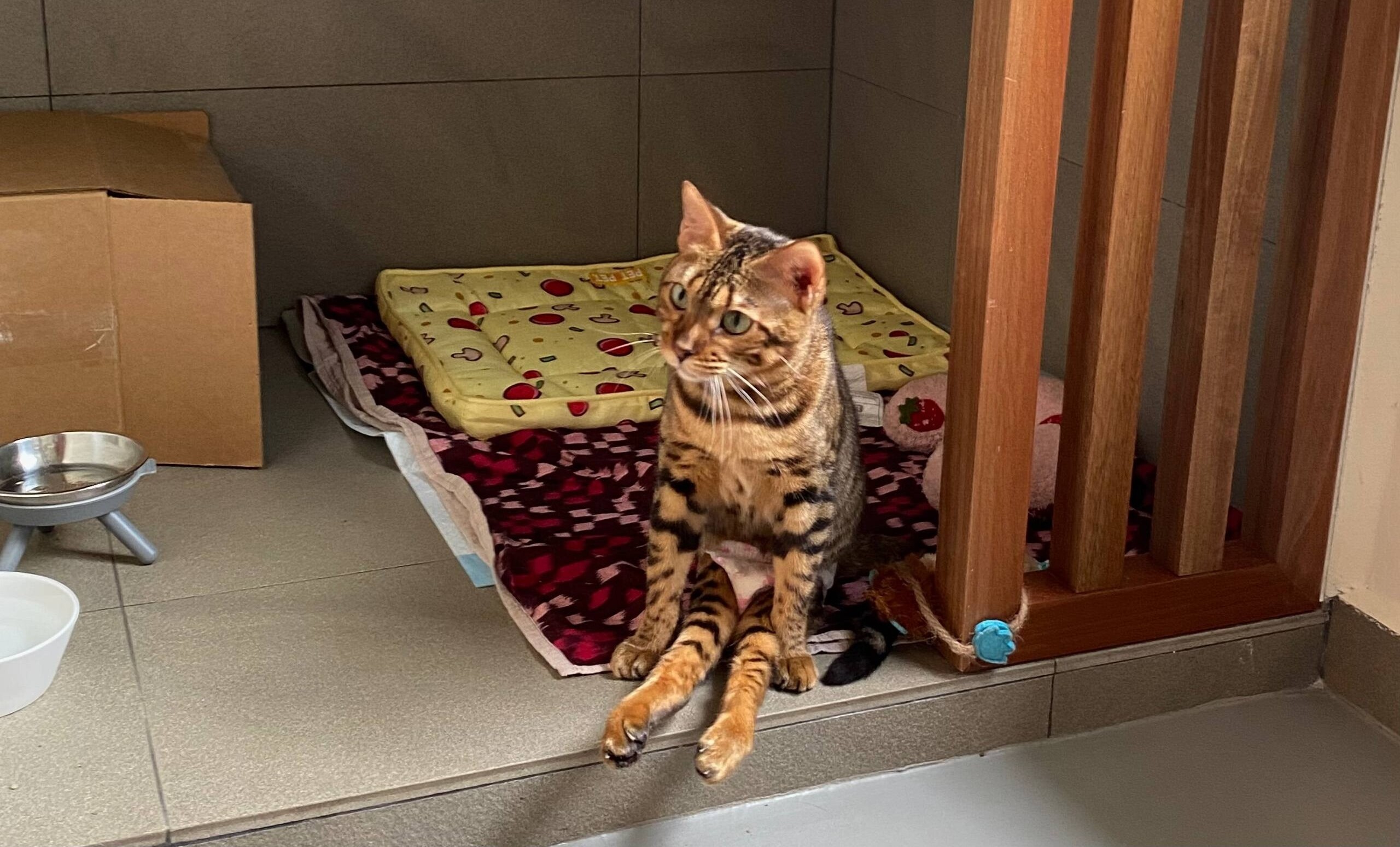

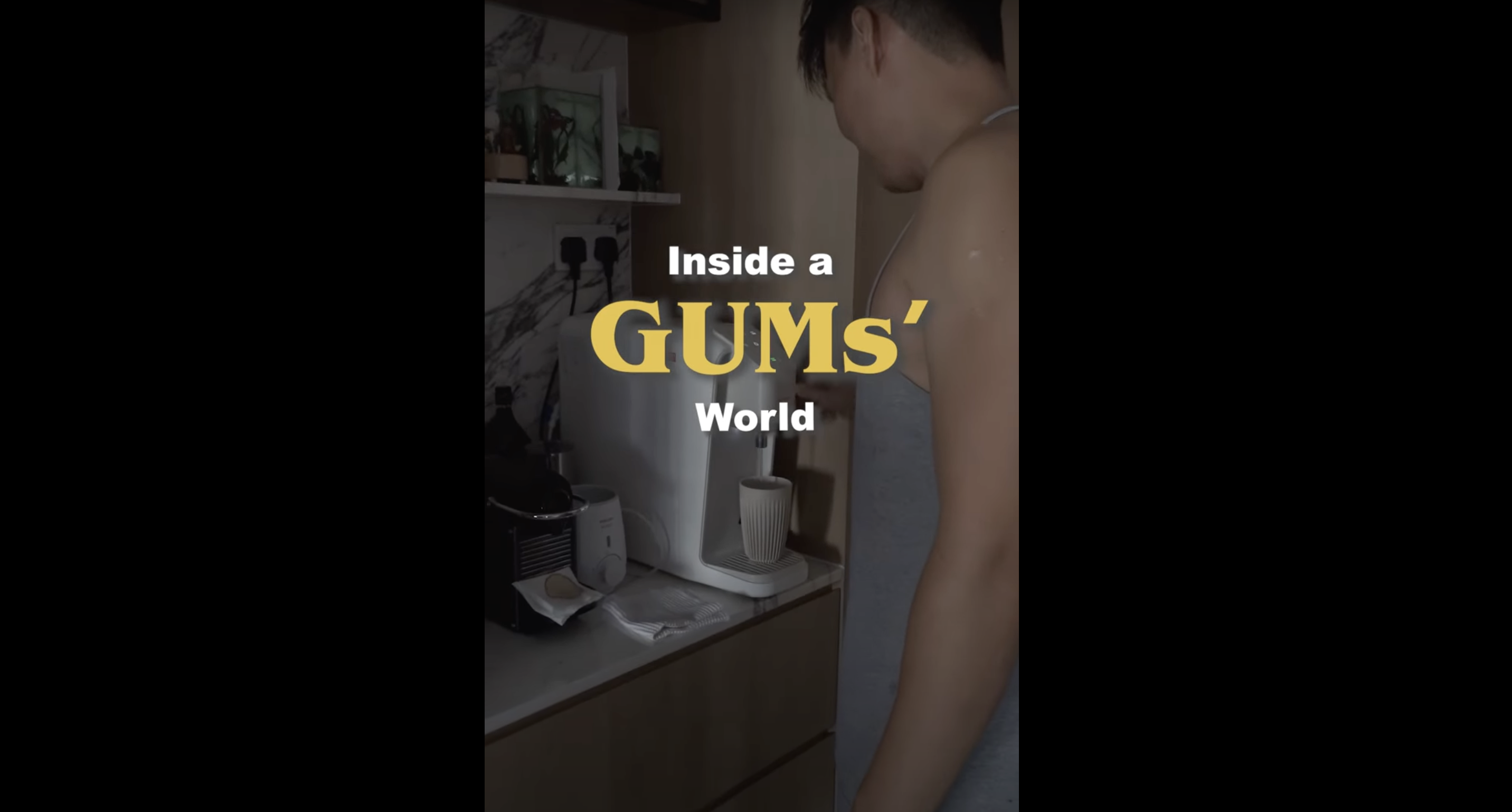


In the background, they may notice a group of elderly cleaners struggling to wipe, clean and clear away these leftovers as quickly as they can manage, just so more people can sit down for a meal.
For the uninitiated, it would be uncomfortable to dig into their nasi briyani while the tables around them are saddled with dirty crockery and half-finished food. And if these friends hailed from Japan or Taiwan, countries famed for their cleanliness and civic-mindedness, they may even lose a bit of their appetite to witness our shoddy public hygiene practices.
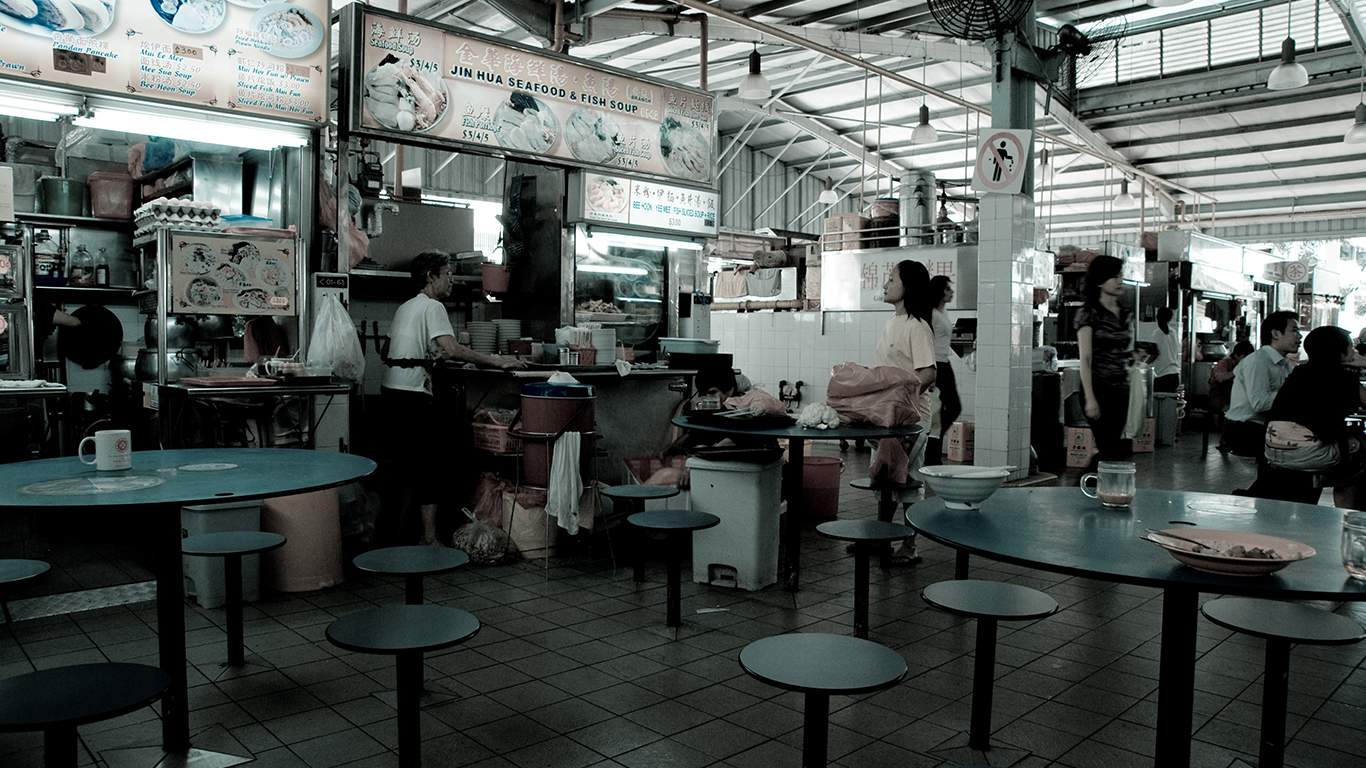
A dirty, unsightly hawker centre does not make for the warmest of introductions to a city renowned for its food. And neither does it say much good about the dining habits and attitudes of its inhabitants.
There is no way to put it nicely — we Singaporeans have shown ourselves to be slobs when we eat out at hawker centres. And we do not need our foreign friends to tell us that our hawker centres can be cleaner and more hygienic.
Related article: In search of Singapore’s kampong spirit
According to the recent Public Cleanliness Satisfaction Survey conducted by the Ministry of the Environment and Water Resources, satisfaction with the cleanliness of hawker centres here, along with public spaces after big events, were the lowest at just 60 and 59 per cent respectively.
Compare this with other public spaces like the train stations and roads that came in at 97 and 95 per cent levels of satisfaction, and the difference is strikingly substantial.
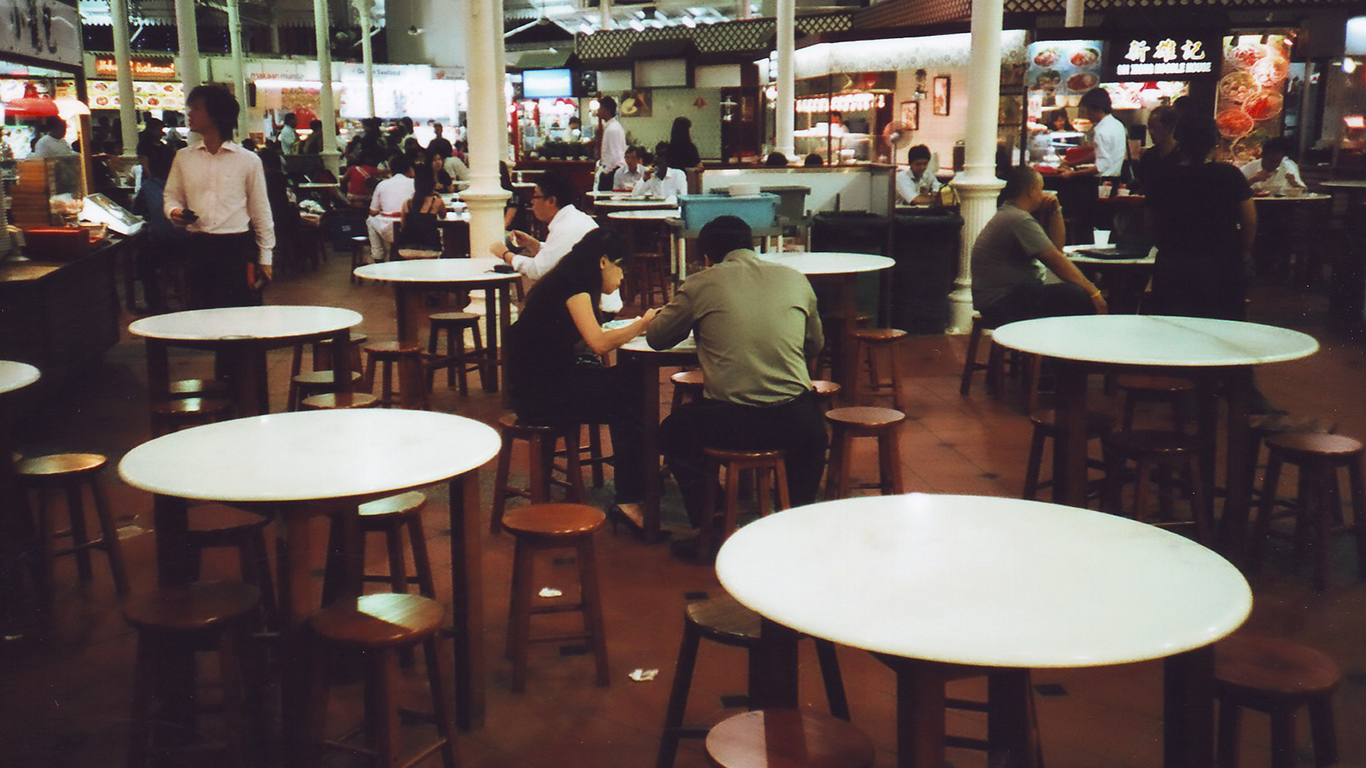
It would be easy to point fingers at the hawker centre management, or the service providers and say that they are not doing a good enough job of keeping our hawker centres clean.
But to say hire more cleaners, or hire faster, more efficient cleaners is to take the easy way out – and it would not necessarily be the right one.
In the same survey, it was found that only 35 per cent of the 2,000 respondents cleared their own plates at hawker centres most or all of the time. This could mean that at any given time, only one in three patrons bother to clear their trays.
So, in addition to other duties like clearing away food waste, wiping tables and redistributing cutlery to the stalls, cleaners are also expected to go table to table to clean up after at least two-thirds of the patrons.
At peak hours, one suspects that even a battalion of cleaners would struggle to handle the sheer volume of work, given the high turnover of customers.
Speaking to The Pride, 67-year-old cleaner Tan Huan Ah said: “My shift starts at 10am and usually, I’ll clean non-stop until it’s around 1pm. Sometimes it’s a big mess left on the tables. In that case, it can’t be helped that we take a longer time to clean up.”
What can be helped, though, if not to alleviate the heavy workload of these elderly cleaners, is for patrons to inject a bit of consideration into our habits when eating out.
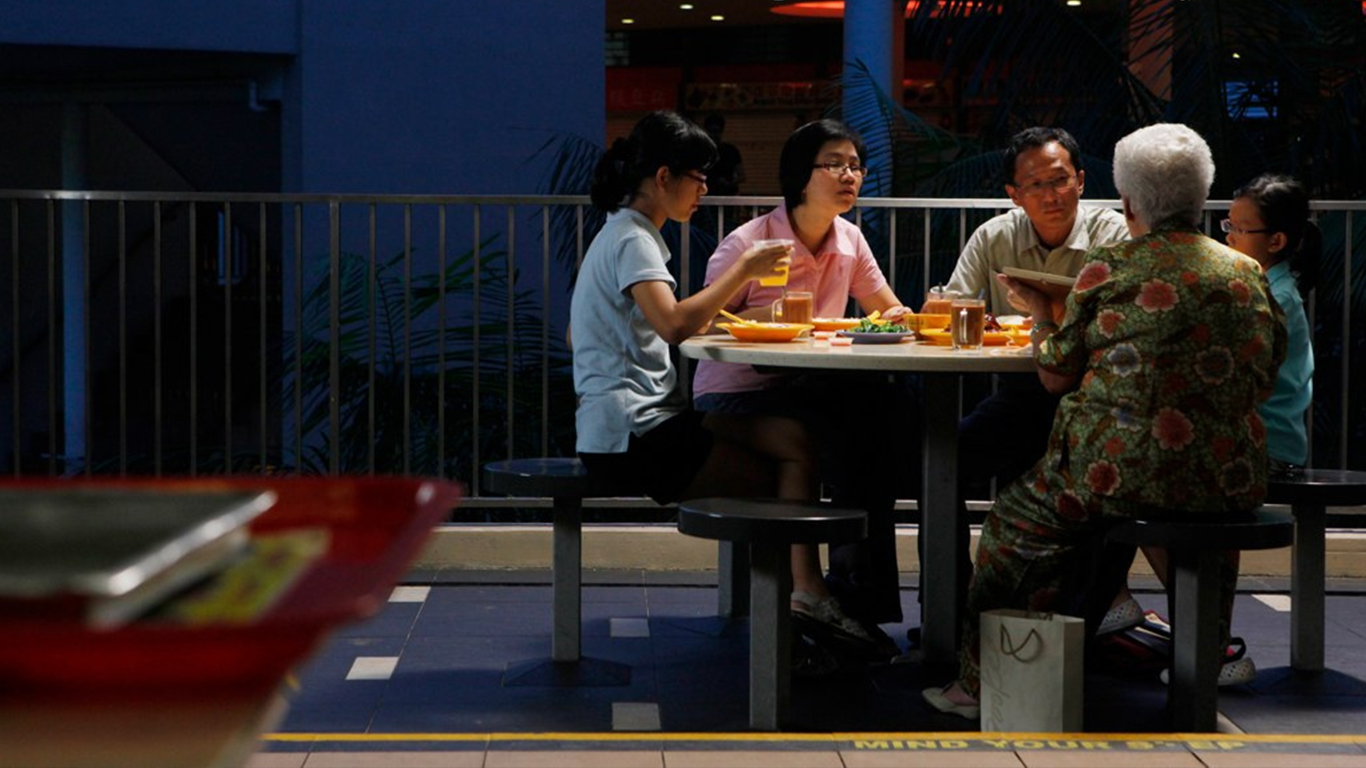
No one will stop you from enjoying a hearty bowl of fish soup, but please, there’s no need to decorate the tables with your fish bones and soya sauce.
Enjoyed your seven-course feast at the food court? Good for you, but taking a minute to stack your plates neatly and placing them on a tray would endear you to the harried elderly cleaners who have enough to worry about without needing to comb every corner of the hawker centre to clean up after messy patrons.
Just as we wouldn’t slobber over a bowl of lobster bisque and decorate the tables of fine dining restaurants with food remnants, our good etiquette should show itself wherever it is that we are enjoying a meal.
Related article: Will returning your trays cost cleaners their jobs?
Because it is only when we can apply fine-dining-worthy courtesies even to our neighbourhood food courts that we become worthy of our billing as a civilised, gracious people.
And maybe then, we would be able to happily say to our foreign friends, that the Singapore they see is a clean, and not just a cleaned up, first-world city.
